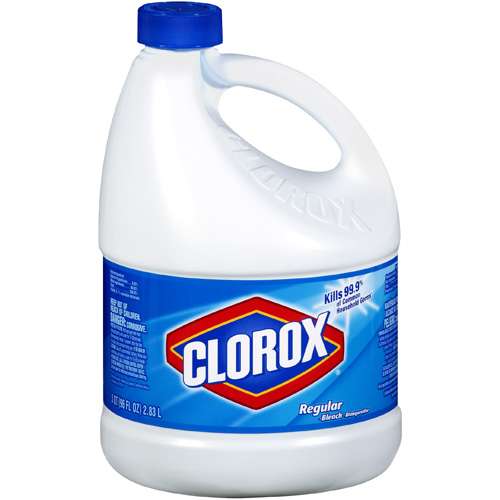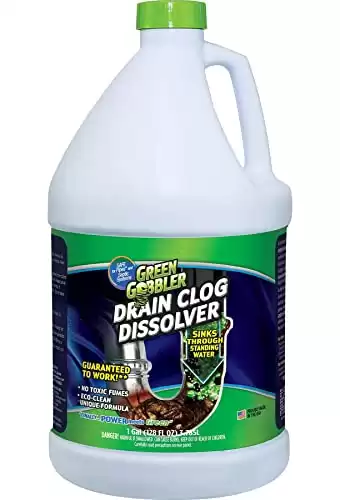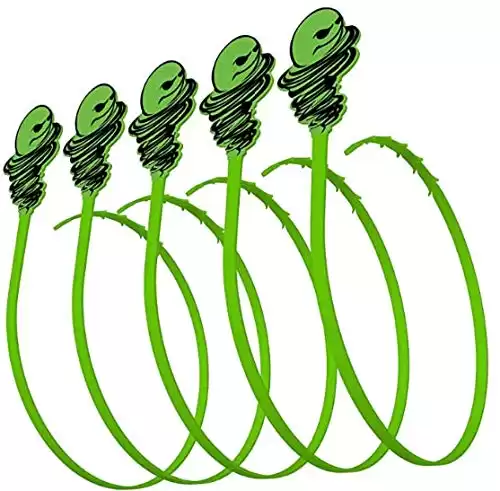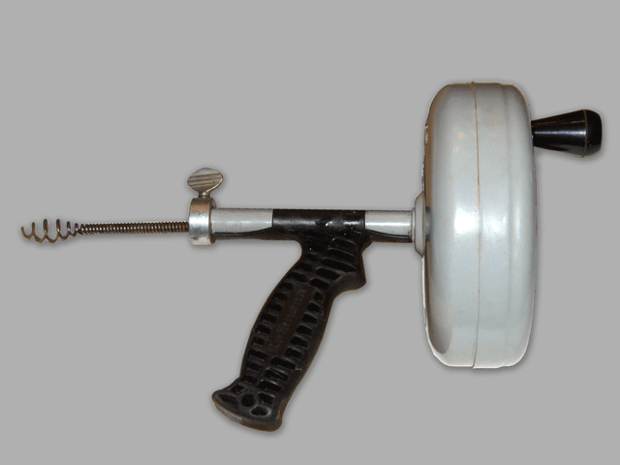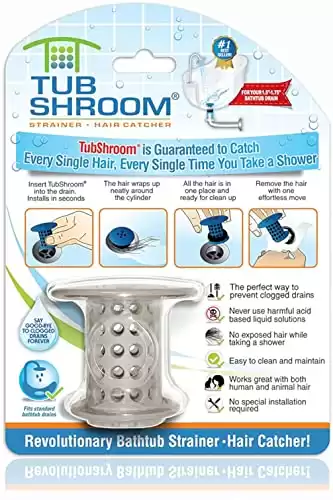Did you know you shed 50 to 100 hairs daily, and most end up clogging your shower drain?
Facing a clogged shower drain can be daunting, but luckily you can tackle it yourself with just a few tips and tricks.
Learn how to get hair out of the shower drain quickly and effectively using simple household items. Plus, discover tips to prevent future clogs for a hassle-free showering experience.
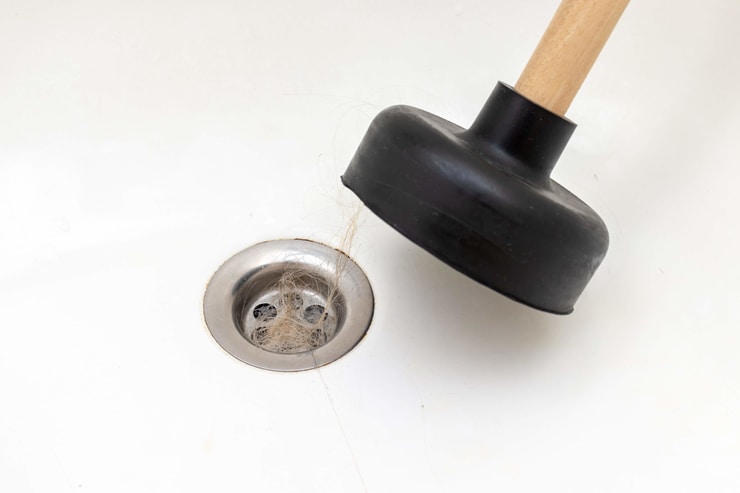
How to Dissolve Hair In a Shower Drain
You can use ingredients found in your home to solve your problem without rushing to the hardware store.
One nifty ingredient is the baking soda.
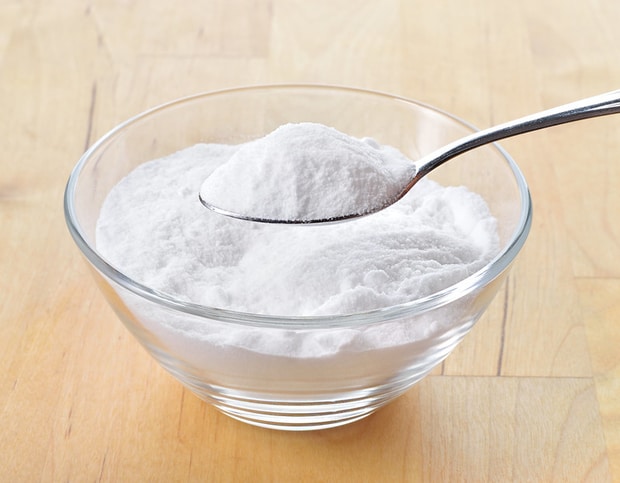
It is multi-purpose and can be used for baking and cleaning the home.
There are two methods that you can use baking soda:
1. Baking Soda and Vinegar
Pour a cup of baking soda down the clogged drain, followed by a cup of vinegar in a few minutes.
It will start to fizz, which can help in removing the grime and hair in your plughole.
Leave it for at least an hour.
It’s best to leave it overnight, if you can, before flushing it out with boiling water.
2. Baking Soda and Salt
Unclogging drains with baking soda and salt is an old trick.
To do this, mix baking soda with salt in a 2:1 ratio. This creates a cleaning agent that can help you unclog your shower drain.
Pour this down the drain and let it sit for a few hours. Make sure that you make a big batch for better cleaning.
Just like the previous method, this will work better if you let it sit overnight.
The following day, pour down boiling water.
Your drain should be back to normal again.
If baking soda didn’t work its charm, it’s time to move on to chemicals to solve your dilemma.
These are next-level solutions to getting the hair out of your drain.
Always practice extra care when using chemicals, though.
3. Bleach
Although bleach is not safe to use in the kitchen when near food, it can be useful for unclogging your shower drain.
However, you must consider the material of your sink and pipes.
Older piping and a copper sink might be ruined with bleach.
It can also irritate your skin.
To use bleach, pour a cup down the drain.
Then, let it sit for no longer than 15 minutes as it might corrode your pipes.
Flush the drain with boiling water.
Do not use this too often as it might damage the pipes.
4. Hair Dissolving Drain Cleaner
Clog dissolvers and other similar chemicals also work in melting away hair.
Just pour a measured amount into the drain (according to the specifications on the packaging).
It’s best to leave the chemical overnight so it can work its magic.
This solution clears clogged drains and dissolves hair, toilet paper, flushable personal care wipes, soap scum, and other organic matter that may be causing clogs within your pipes.
- Safe for pipes and drains, non-corrosive
- Environmentally friendly, biodegradable
The liquid dissolves the blockage and breaks it down so that it can pass down the pipes easily.
Remember that this type of chemical also tends to be corrosive.
You might want to look for one that’s biodegradable and doesn’t have an offensive smell.
How to Remove Hair Out of a Shower Drain
Often, the hair can be found at the bottom of the drain.
This can be a little challenging for your baking soda and some chemicals.
This is where you have to manually remove the hair or snake it out of the drain by hand.
Snaking the drain should also be done regularly to keep the drain from clogging.
However, it’s one of those nasty jobs that we all easily put off.
There are different ways to snake the drain:
5. Hanger
You can use a hanger to fish out long strands of hair from the drain.
Find one that’s not in use in your closet.
It’s best to use a wire hanger that you can bend and straighten to adjust to your drain.
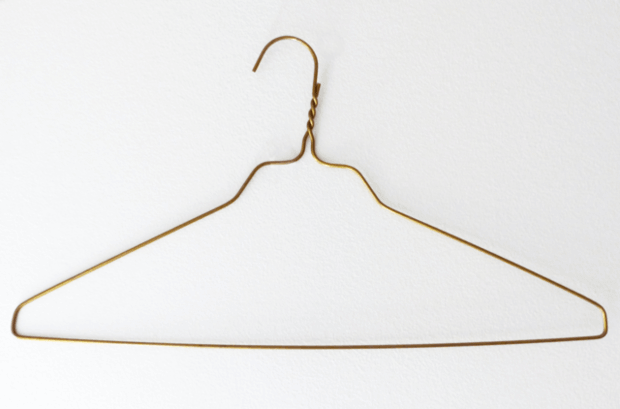
To use this trick, straighten your wire hanger and create a hook at the end.
Insert your hanger with the hook first and twist it around the drain.
Probe for the clog as you insert the hanger further down.
When you feel a blockage, try your best to fish out the hair with the hook.
Rinse the hanger and repeat the process until there is no more clogging.
6. Drain Snake
A plastic drain snake is a tool that can be used for removing drainage clogs from the bathtub, shower, sink, and even washing machine.
It looks like a zip tie with thorns that can take out the hair from the drain.
This hair clog remover is 22" long and can be used to easily pull our hair clogs and other blockages out of shower and bathtub drain and sink. Can be used multiple times.
To use this, run the drain snake down into the drain until you feel resistance.
Then, you pull the snake back out.
The thorns catch the hair and the goo that are stuck in the drain.
Just wash it out and repeat the process until you get results.
The drain snake can be reused for when you get another clog.
7. Drum Auger
This is a more sophisticated tool to battle against a clogged shower drain.
The drum auger has a long and flexible metal cable with a screw on one end and a crank on the other.
It can be used on a toilet, sink, tub, and shower.
When using this tool, drop its metal cable down the drain.
Don’t force it too hard as it might damage the pipe.
When you’ve reached the clog, you’ll feel resistance.
Tighten the thumbscrew and turn the crank.
This drills the cable into the blockage and clears it out.
Sometimes, the obstruction comes with it once you pull the drum auger out.
Just rinse it off and dry the drum auger before storing it.
Be careful when using the drum auger as it can create leaks or tears in the pipe.
Make sure that you use it correctly and with a light hand.
It’s also best to use this tool on larger drains at least two inches wide.
How to Keep Hair Out of Your Shower Drain
Prevention is always better than the solution, most often than not.
Although hair clogs are unavoidable, you can still prevent it from becoming a frequent issue in your house.
Drain Hair Catcher
Another way to prevent hair from clogging your pipes and drain is to use a drain hair catcher.
This nifty plastic drain protector is guaranteed to catch all your hair.
It’s simple to use and can be installed easily.
Just remove the drain cover and insert it into the drain.
This hair catcher is designed to catch any type of human or pet hair, preventing clogged drains without disrupting the flow of water.
- Fits most standard tub drains (1.5" to 1.75")
- Cleanup takes minutes, no chemicals needed
To clean it, remove the drain hair catcher and gather the hair with a paper towel.
Reinsert it and it’s good to go.
Remember to check it every two weeks.
Tub Strainer
You can install a drain cover like a tub strainer.
This usually comes in stainless steel mesh and is placed over the drain.
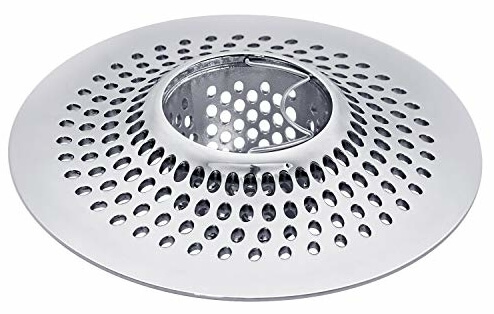
It stops hair and other items from falling down the pipes.
It also has a silicone edge that prevents it from slipping.
Brush Your Hair
Lastly, take some moment to brush your hair before taking a shower.

Doing so will remove loose hair strands and prevent them from getting into the drain.
Just throw them out before you step in the shower.
This trick is especially useful if you have long hair.
Wrapping Up
There are multiple ways to get the hair out of your shower drain.
Start with methods that are relatively easy and readily available for you.
Move on with more complicated methods if the easy ones are ineffective in solving your problem.
Keep in mind that it is important to regularly snake your drain to keep it clean and clog-free.
You need to clean out your drain and pipes every two weeks to a month.
You can also ensure that you deal with fewer hair strands stuck in your pipes by putting a strain on top of your drain.
Even with drain strainers and protectors, you still need to clean them regularly.
Additionally, be cautious when using products like coconut oil, as they can potentially clog your shower drains as well.
The goal here is to prevent any buildup, so you don’t have to deal with a massive clog.
At the end of the day, doing some maintenance will save you from a headache.

